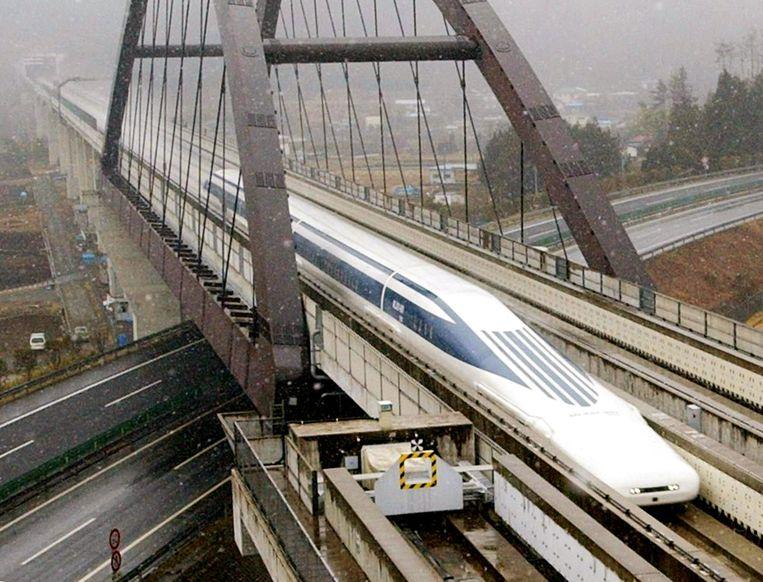Alfa-X is the latest generation of Japanese bullet trains. From 2030, the futuristic high-speed train, with a striking nose of 22 meters, has to run over the tracks. Passengers will then be able to travel at top speeds of 360 km/hour. The test drives started today. By 2030, the Japanese bullet train network should be extended to Sapporo, the most important city in the northern Hokkaido region.
The new Alfa-X will have ten wagons, packed with the most modern technologies. The impressive and very aerodynamic nose must minimize the pressure and noise in the tunnels. The device should also be more resistant to the impact of potential earthquakes.
Japan is the birthplace of the well-known shinkansen ball trains, which were introduced to the rest of the world during the Olympic Games in Tokyo in 1964. The fastest passenger trains currently circulating in France and in Japan reach a maximum speed of 320 km/hour. With the Eurostar, the limit is 300 km/hour.
Heavy investments are still being made in the technology of bullet trains, but the so-called Maglev trains are all going even faster. Maglev stands for Magnetic Levitation or magnetic floating. A completely different technique: magnetic floating trains float 1 or 2 centimeters above their orbit via a magnetic field.
The fastest commercially operated Maglev line is in Shanghai and spans a distance of 30 km. The Maglev train sprints in three minutes to a top speed of 430 km/hour. In total, the super fast train takes just 7 minutes 20 seconds to complete. The last three minutes are for braking.
